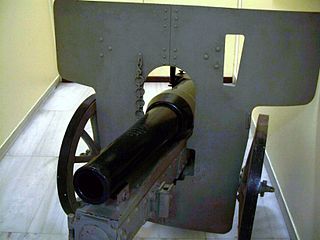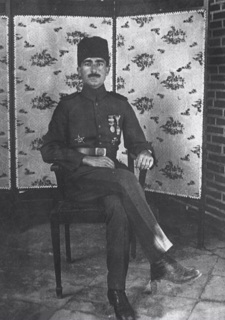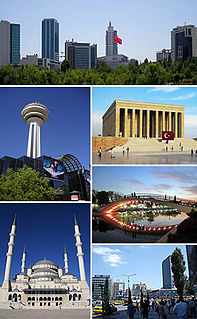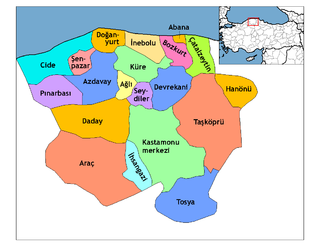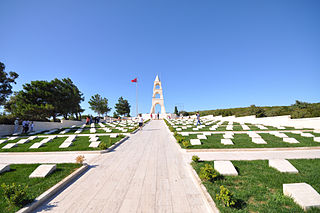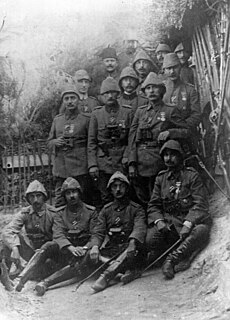| 5th Expeditionary Force Beşinci Kuvve-i Seferiye | |
|---|---|
| Active | December 1914 [1] – 20 September 1915 [2] |
| Country | |
| Allegiance | |
| Type | Expeditionary Force |
| Patron | Sultans of the Ottoman Empire |
| Engagements | |
| Commanders | |
| Notable commanders | Kaymakam Halil Bey Kaymakam Bekir Sami Bey |
The 5th Expeditionary Force (Turkish : Beşinci Kuvve-i Seferiye) of the Ottoman Empire was one of the expeditionary forces of the Ottoman Army.

Turkish, also referred to as Istanbul Turkish, is the most widely spoken of the Turkic languages, with around ten to fifteen million native speakers in Southeast Europe and sixty to sixty-five million native speakers in Western Asia. Outside Turkey, significant smaller groups of speakers exist in Germany, Bulgaria, North Macedonia, Northern Cyprus, Greece, the Caucasus, and other parts of Europe and Central Asia. Cyprus has requested that the European Union add Turkish as an official language, even though Turkey is not a member state.

The Ottoman Empire, also historically known in Western Europe as the Turkish Empire or simply Turkey, was a state that controlled much of Southeast Europe, Western Asia and North Africa between the 14th and early 20th centuries. It was founded at the end of the 13th century in northwestern Anatolia in the town of Söğüt by the Oghuz Turkish tribal leader Osman I. After 1354, the Ottomans crossed into Europe, and with the conquest of the Balkans, the Ottoman beylik was transformed into a transcontinental empire. The Ottomans ended the Byzantine Empire with the 1453 conquest of Constantinople by Mehmed the Conqueror.
Expeditionary warfare is the deployment of a state's military to fight abroad, especially away from established bases. Expeditionary forces were in part the antecedent of the modern concept of rapid deployment forces. Traditionally, expeditionary forces were essentially self-sustaining with an organic logistics capability and with a full array of supporting arms.

